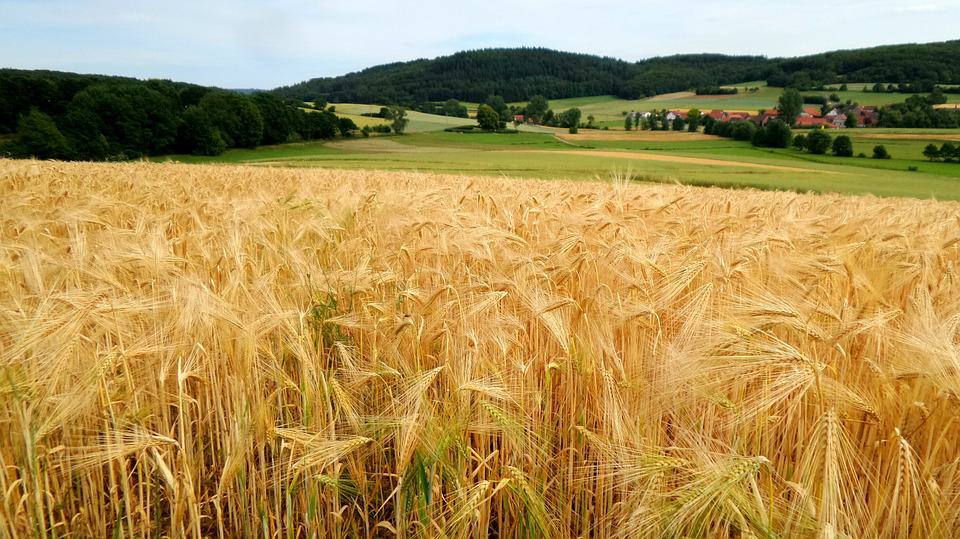March 29, 2017

Every day, with every morsel we consume, we impact the environment – usually for the worse.
Globally, agricultural production is the leading cause of river and stream pollution, species extinction, and fresh water consumption, and is the second largest contributor of greenhouse gas emissions. With two billion more mouths to feed in the next few decades (in addition to the almost 800 million who are undernourished today), our impact is only going to intensify. According to the World Resources Institute (WRI), the world will have to produce 70 percent more food by 2050 than it did in 2006 to accommodate changing diets and growing populations. The good news is that we as food consumers have the ability to help curb environmental degradation.
The Princeton Studies Food Conference, “Changing Climate, Changing Appetites,” which took place in February, focused on the role consumers play in global food security. Farmers, researchers, and food industry representatives came together to discuss solutions for the growing food crisis. To meet growing demand, changes are needed across sectors, with a focus on increasing sustainable production on existing farmland and changing current dietary patterns. Most of us have no direct control over agricultural practices, but we can change what we eat. How do we know which changes will have the biggest impact? WRI provides a handy Protein Scorecard to point us in the right direction.
Two dietary shifts have the greatest potential to improve the sustainability of food production: 1) consuming less animal protein and 2) minimizing or eliminating beef consumption. Before I lose you, I am not about to suggest that everyone become vegan or even vegetarian. But let’s start by acknowledging that in the United States, other high-income countries, and increasingly in low- and middle-income countries, many people consume far more protein than is nutritionally necessary. According to the WRI Protein Scorecard, the average American consumes more than 30 grams of protein per day—equal to 3 or 4 ounces of chicken or 5 hard-boiled eggs. Not only is this environmentally unsustainable, but excessive protein consumption has its own negative health effects.
Not all proteins are equal in their environmental impacts. Take greenhouse gas emissions—beef, lamb, and goat cause many times more emissions than pork or poultry. Beef also accounts for more than ten times as much water use per calorie than other livestock and is currently using a quarter of Earth’s available land, excluding Antarctica. And yet, by 2050, the global demand for beef is expected to double.
However, small changes on a large scale can lead to a substantial reduction in the environmental footprint of our diets. Switching completely from beef to pork or chicken could help reduce greenhouse gas emissions by as much as 15 percent. In fact, omnivorous diets that don’t include beef or dairy can be more sustainable than a vegetarian diet high in dairy. Even if everyone in the United States had a meatless and cheeseless day just one day a week, it would have the same environmental impact as taking 7.6 million cars off the road and would reduce the number of factory farmed animals by approximately 1.4 billion each year. Further reductions in all animal-based protein consumption would lead to even larger gains, both environmental and otherwise, all of which would be an immense step towards feeding the world sustainably.
All that to say, the next time you’re reading the news and feeling depressed about the widespread neglect of climate change, take action! Have a meatless Monday. Choose chicken instead of beef. Try almond milk in your morning cereal. Visit a farm. The choices we make in the grocery aisles will impact the global environment and food security now and for generations to come.











